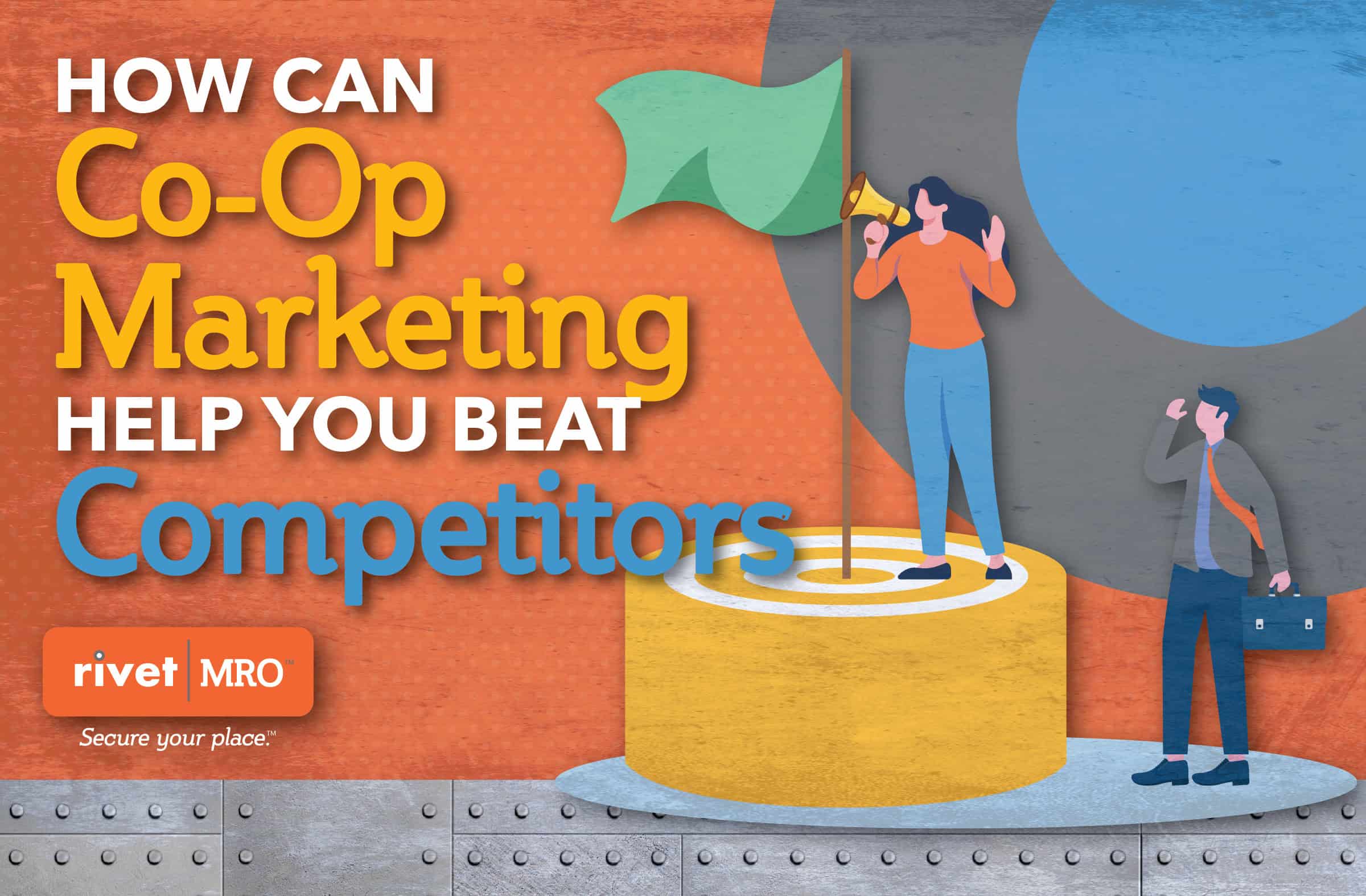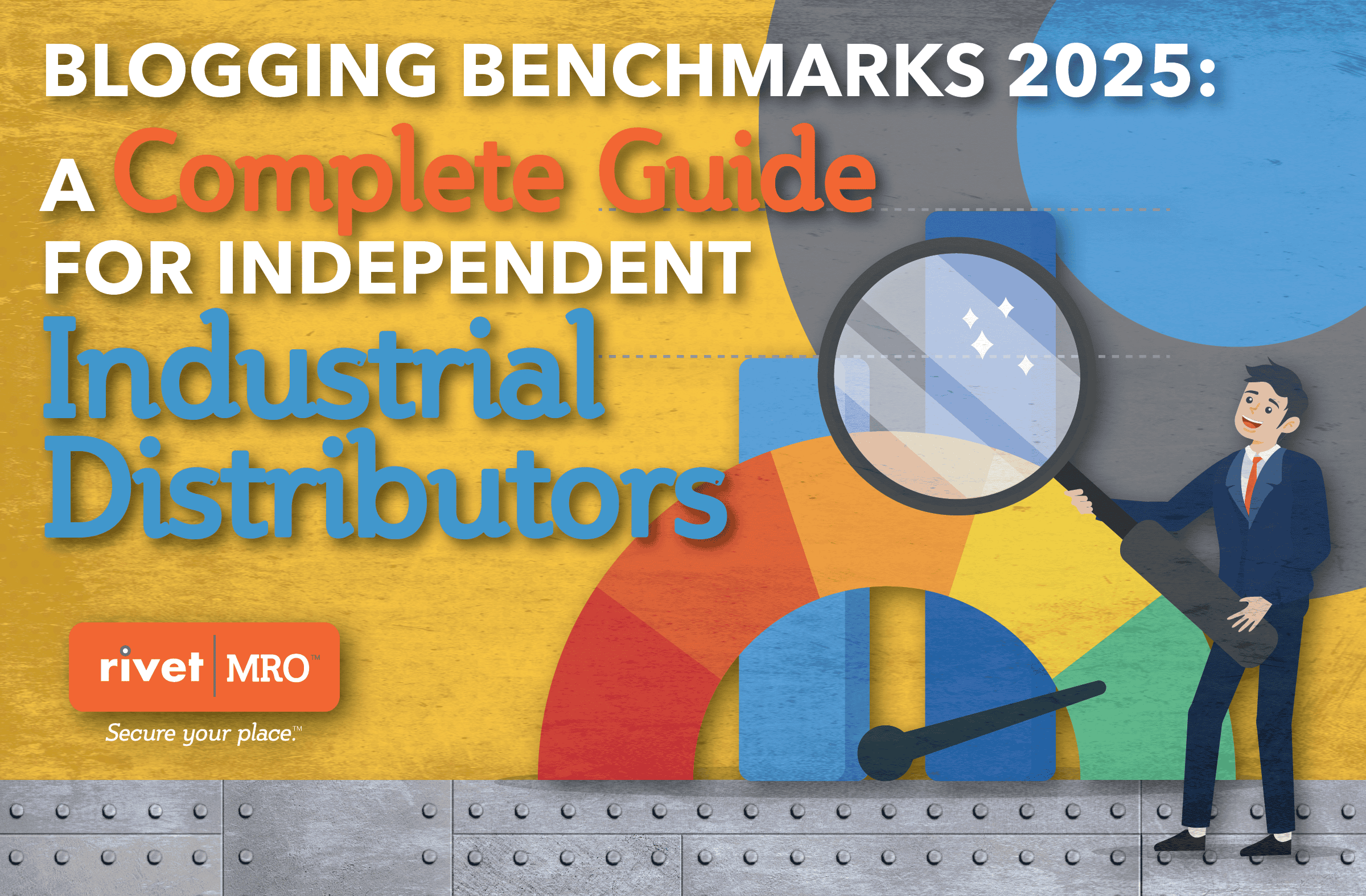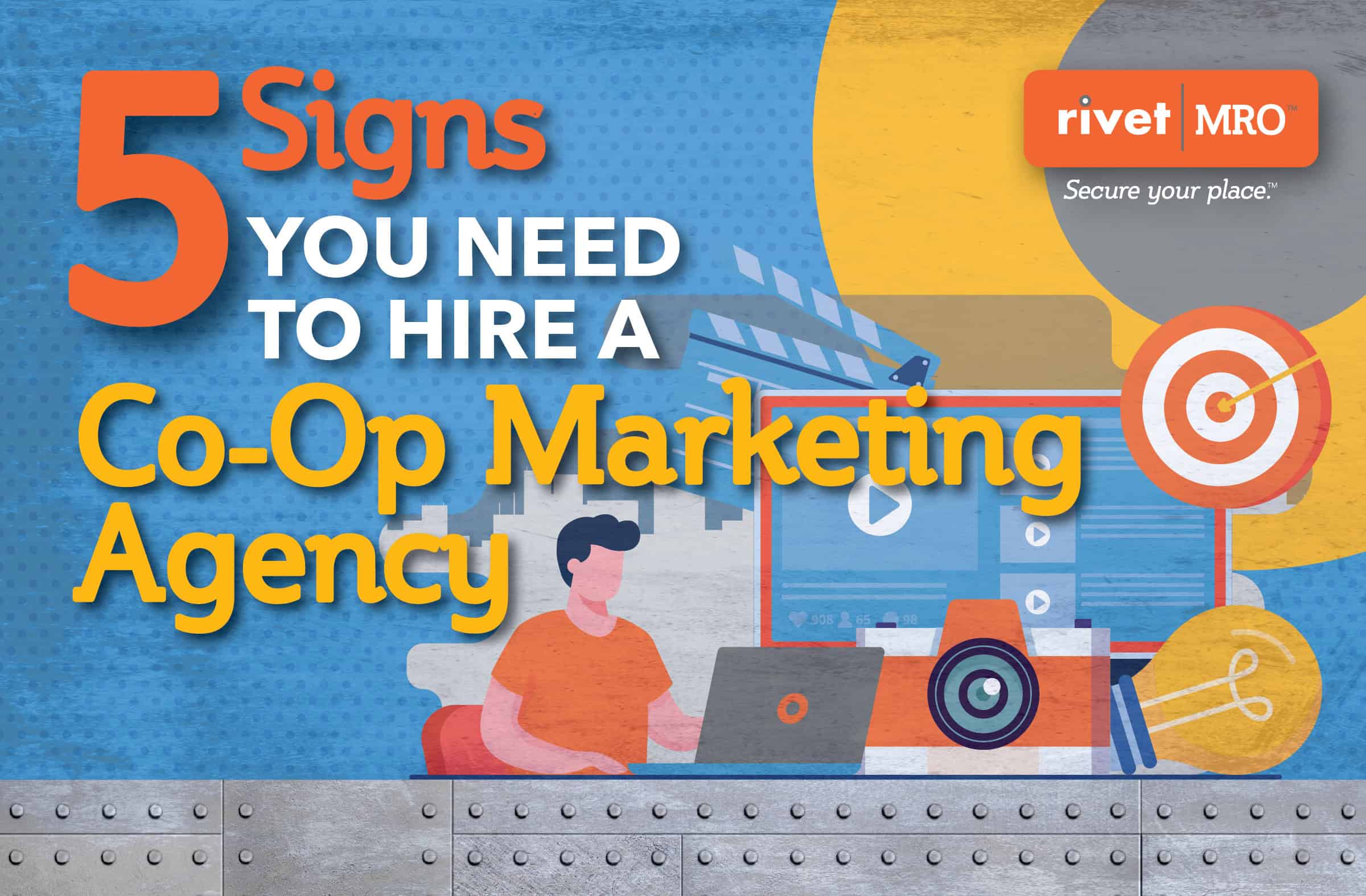by Kristen Foth, Director of Marketing Services
If you’re an independent distributor in the industrial, electrical, safety, plumbing, HVAC, or construction supply space, you already know how competitive the market is. Big box suppliers have deep pockets, endless resources, and automated everything.
So, how do you stay top-of-mind with your customers, nurture leads, and actually convert email contacts into loyal buyers?
Believe it or not, it starts with how plants grow. Yes, plants.
In a recent MarketingProfs Live Show episode, guest expert Matt Treacey shared a surprisingly effective email strategy for B2B companies—rooted in the concept of ecological succession. Think of your email list as a living ecosystem. You don’t just blast promotions and hope they stick. You build, nurture, and evolve your ecosystem over time.
Let’s explore how this approach can be applied specifically to independent distributors like you, and why this could be the competitive edge you’ve been looking for.
1) The Email Ecosystem: Think Like a Forest
Matt Treacey introduced three stages every thriving email list should go through:
- Dispersal – like seeds being scattered, you need to build your list.
- Recruitment – nurturing the right leads and weeding out the wrong ones.
- Establishment – creating long-term customer value and sustainable sales.
So, how does that translate into the real world for industrial suppliers? Let’s break it down.
2) Stage One – Dispersal: Grow Your List Smarter, Not Louder
You can’t sell if no one’s listening. The first step is to attract the right kind of subscribers.
Tactics for Independent Distributors:
- Offer exclusive industry content (safety checklists, product comparison sheets, quick-install guides).
- Trade show booths? Add a QR code to collect emails with a promise like “Get the full tool spec sheet.”
- Website pop-ups or sidebars with a clear value proposition: “Sign up for insider pricing on bulk orders.”
Quick Tip: Focus on quality over quantity. One engaged contractor who buys regularly is worth more than 100 unqualified names.
3) Stage Two – Recruitment: Segment, Nurture, Educate
Now that you’ve got new subscribers, don’t start bombarding them with sales emails. Think about how young plants need the right nutrients and conditions to take root.
Your audience needs value, trust, and relevance before they ever click “Buy.”
Strategies That Work:
- Segment by industry or trade (HVAC contractors, plumbers, electricians).
- Create drip campaigns that educate: e.g., “Top 5 Tools Every Plumber Needs in 2025” or “Choosing the Right PPE for Arc Flash Safety.”
- Share stories from your customer base—nothing fancy, just short success stories.
Important: Use plain language. Your customers don’t need marketing fluff. They want to know, “Will this tool save me time or money?”
4) Stage Three – Establishment: Drive Long-Term Loyalty
Once trust is built, it’s time to drive conversions and loyalty. This is where your email ecosystem becomes self-sustaining.
Best Practices:
- Exclusive discounts for email subscribers (make them feel part of a VIP group).
- Replenishment reminders (“Need a refill on thread sealant?”).
- Post-purchase follow-ups with tips on using the product or cross-sell suggestions.
Automation helps here, but it still needs to feel human. Use buyer data to suggest relevant products, but avoid over-personalization that feels creepy. Focus on helpful over pushy.
5) What Makes This Strategy Work for Independents?
You’re not trying to compete with Amazon or Grainger on scale. You win by being:
- Nimble
- Specialized
- Customer-first
The ecological approach to email marketing mirrors your business strengths. You’re already close to your customers—you know their job sites, their challenges, and their schedules. Email should reflect that same familiarity.
By building your email marketing with care and intention, you grow not just your list—but your community.
Conclusion: Let Your Email List Take Root and Flourish
Email isn’t dead. It’s just been misused. For independent industrial and construction product distributors, it can be a goldmine of ongoing customer engagement and sales—if treated like a living ecosystem rather than a megaphone.
Start small. Segment smart. Focus on long-term growth. And most importantly: build something that lasts.
Need Help Getting Started?
Rivet|MRO helps independent distributors with marketing support, including email marketing campaign development, product promotions, and content tools to power your campaigns—without needing a full marketing team.
FAQs
Q1: What kind of email content works best for industrial distributors?
A1: Tips and how-tos, safety updates, new product alerts, and real-life customer use cases are all powerful. Keep it relevant and helpful.
Q2: How often should I email my list?
A2: Once a week or biweekly is a good start. It’s more about consistency and value than frequency.
Q3: I only have 200 people on my list. Is email still worth it?
A3: Absolutely. A small, engaged list can outperform a large, cold one. Focus on relationship-building. If you’re not already capturing customer and prospect emails, start now!
Q4: Should I use a CRM or email platform?
A4: Yes. Tools like Mailchimp, Constant Contact, or HubSpot can automate segmentation and help track performance.
Q5: How do I measure success?
A5: Track open rates, click rates, and especially repeat purchase behavior. Don’t obsess over unsubscribes—they help clean your list.











